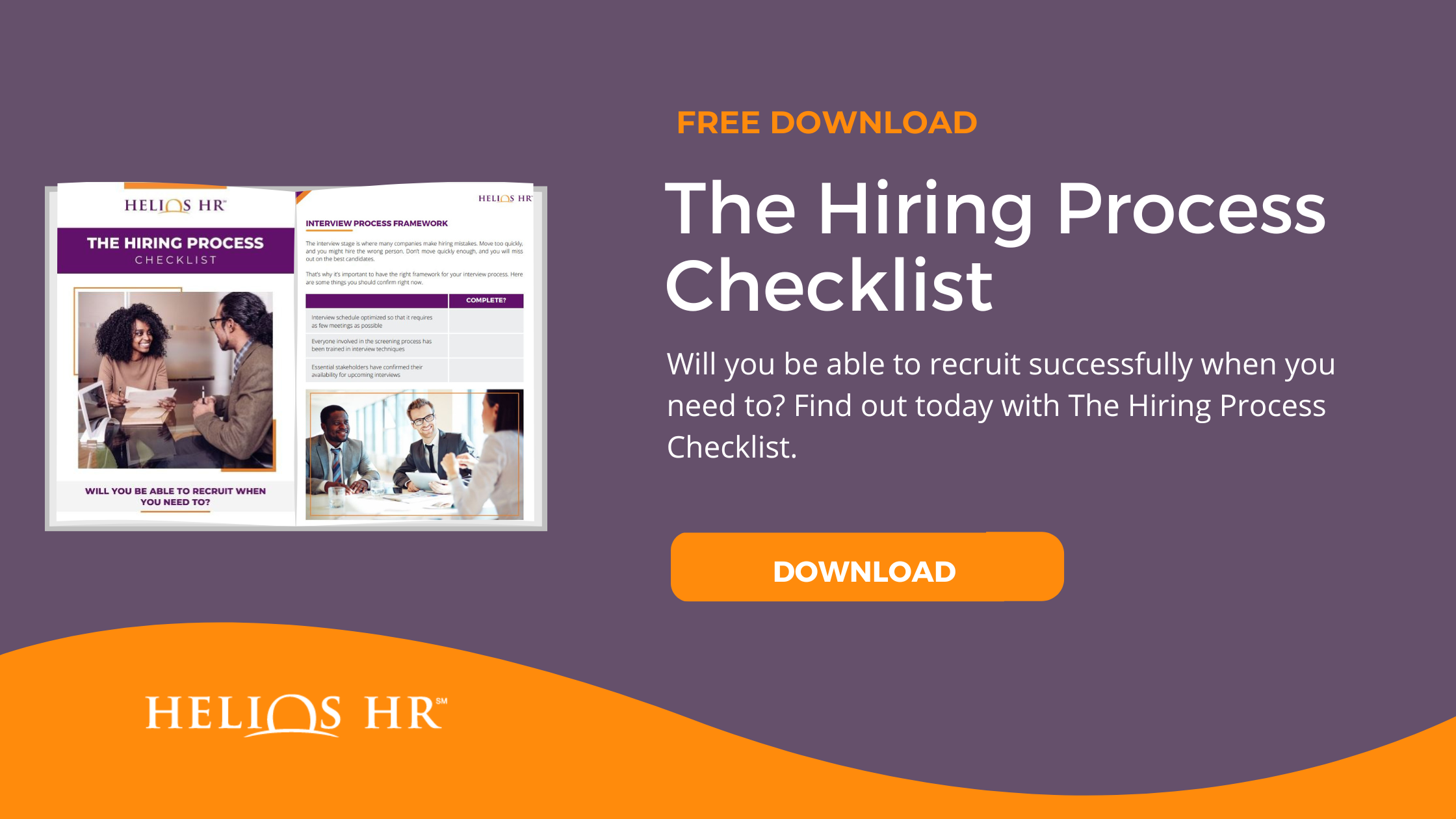By: Riley Anderson on July 7th, 2022
Why Your Company Needs An Employee Referral Strategy
In an increasingly competitive job market, you have to explore every strategy for connecting with potential new hires. Employee referral programs are an excellent way to find hidden talent in the candidate marketplace.
But recruitment isn’t the only reason to implement an employee referral scheme. Referrals can affect employee engagement, employer branding, and other aspects of life for you and your team.
That’s why 82% of organizations have integrated referrals into their hiring strategy. Here’s how you can benefit from implementing an employee referral program.
The Benefits of an Employee Referral Strategy
Employee referrals are generally quite simple. If a current team member recommends a friend, and that friend becomes a permanent hire, then the original employee receives some kind of incentive.
But this simple strategy can have a big impact on your team. Here are four of the main benefits.
Employee referrals improve the quality of hire
Candidates that come through the referral process are usually of high quality. This is because your current employee can answer questions in advance about your mission, values, and culture. Also, your employee will want to recommend people who reflect well on them, which means they will suggest people that they know and trust.
Employee referrals improve employee retention
Employee referral programs encourage your people to talk to friends and connections about your company. They will share knowledge about your strategy, your philosophy, and your culture. When a candidate understands what makes your company tick, there’s a stronger chance that they’ll end up being a good culture fit. In the long term, this leads to increased employee retention.
Employee referrals reduce time-to-hire
Referrals play a vital role in your talent pipeline. Having a referral program in place means that you will always have a reliable channel for getting word about new opportunities within your team. This allows you to locate candidates and begin interviewing faster, which helps bring down your average time-to-hire.
Employee referrals save money
Referrals usually involve some outlay. For instance, you might offer a cash incentive to any employee who successfully refers a friend. But this incentive is always substantially lower than the cost of going through a recruitment agency or paying for advertisements. When you add up all of the costs involved, employee referrals often turn out to be one of the cheapest ways to bring in new talent.
The big picture is that employee referrals tend to stay longer, perform better, and improve the quality of work for those around them while having a positive impact on internal processes and company culture. While these benefits are paramount, there are also a variety of benefits that come from having a good employee referral program that we may not always realize.
Employee referrals improve employee engagement
Employee referral programs are a great way to kick start employee engagement. Through successful hires of referrals, employees feel a greater sense of contribution to company growth and culture.
Employee referrals improve employer brand
Through the promotion of an employee referral program, current employees are likely to share their personal experiences with colleagues and potential new employees. Through this promotion, there is an increase in brand value through a positive company impression in the market.
Employee referrals increase network reach
Employee referrals are an extension of a company’s employee base. Employee referrals are a great way to find and attract otherwise hard-to-find talent.
Related Reading: How Recruitment Process Outsourcing (RPO) Supports Your Hiring Strategy
Setting up an Employee Referral Campaign
If your organization is not running referral campaigns, you’re missing out on all of the above benefits. Getting started with a referral program is as simple as identifying a target audience and developing messaging to be delivered.
This messaging can be as general or specific as you may like depending on the target audience. Examples of a target audience may be:
- The whole company
- A specific job function
- Employees on a specific project/team
By identifying your target audience and tailoring the messaging to them will increase the likelihood of the employee referral being a match to the position a company is trying to fill.
Once a target audience and messaging have been developed, it is important to deliver this campaign messaging on a consistent cadence. This cadence can fluctuate depending on the volume of hiring and hiring needs. Try monthly, quarterly or bi-annual schedules for messaging.
At minimum organizations should be running some type of referral campaign twice a year (every six months). This will help increase awareness and company branding through word of mouth as well as build a steady pipeline of referred candidates.
Through the evaluation, evolution, and continued development, referral programs are tried-and-true strategies to help drive hiring efforts. The value gained through the effort put into in-depth referral programs will bring both tangible and intangible returns for organizations.
Need help getting your HR processes to the next level? Book a no-obligation consultation call with Helios HR today!






